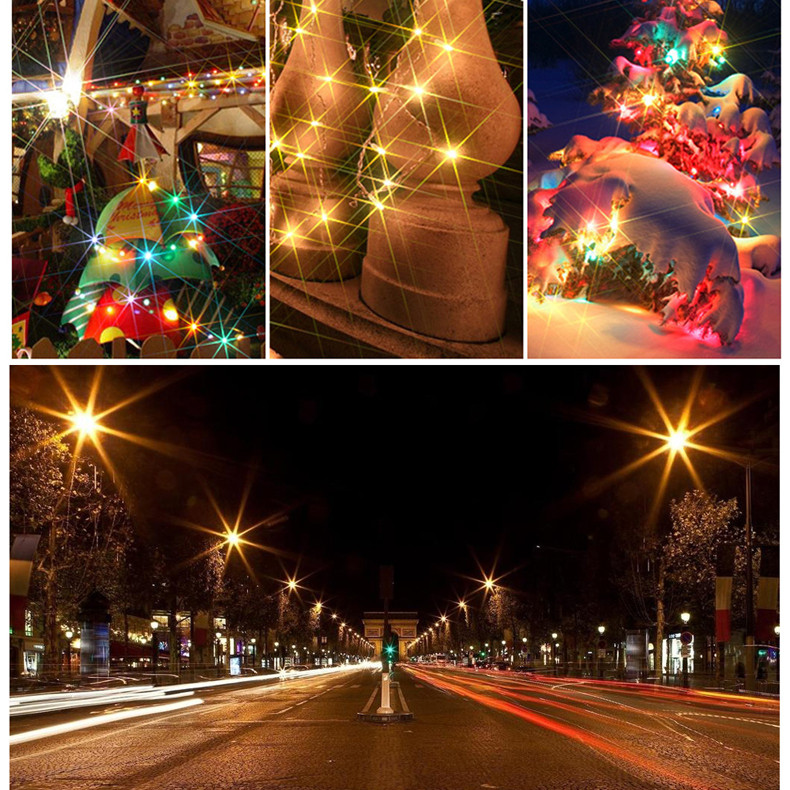In the night, when I look at a distant light source (for example a street lamp a few hundred meters away) I do not simply see a spot but rather a spot which is surrounded by 'light beams'.
So instead of seeing the image on the left-hand side of the picture below I see the one on the right-hand side.
I know a similar effect also comes up by using camera lenses, even though I am not sure if the reason is exactly the same. Below, for example, is a picture with four 'beams' (Source: https://astromallorca.org/astrofotografias/dsc_0015/).
So, why do I see with my own eyes three beams whereas with a camera there appear to be more?




